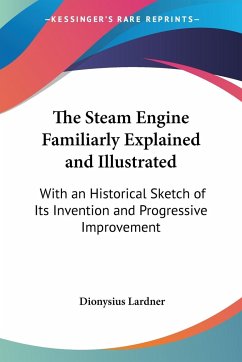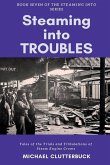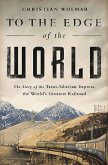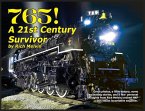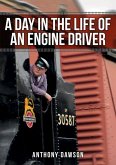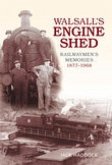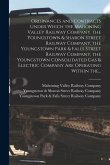The Second World War ¿ an unparalleled catastrophe. With millions of victims, destruction and immeasurable suffering. But without this catastrophe, the ¿light freight locomotive¿ of the Deutsche Reichsbahn would probably never have achieved the importance it has today. It would probably never have become the most built steam locomotive in the world. With probably the most modern production logistics of that time and with the help of forced labour, more than 10,000 units were built. After the war they became a decisive factor in the reconstruction of Europe. More than 80 years later traces could be found in at least 25 countries and on three continents. Find out more about the history of this locomotive, which had a major impact on the railways of the continent.
Hinweis: Dieser Artikel kann nur an eine deutsche Lieferadresse ausgeliefert werden.
Hinweis: Dieser Artikel kann nur an eine deutsche Lieferadresse ausgeliefert werden.


